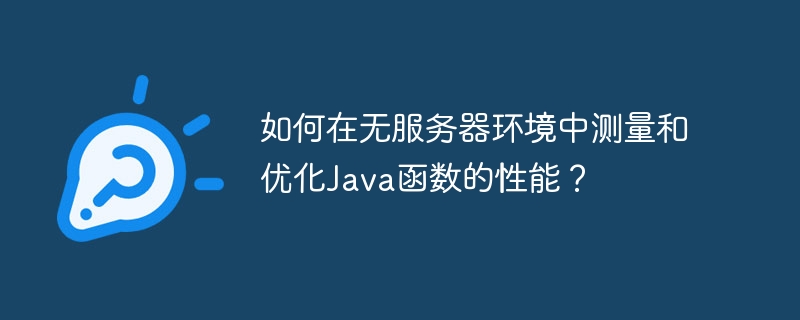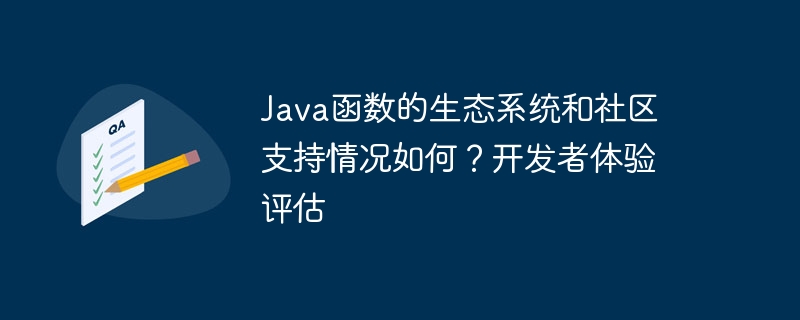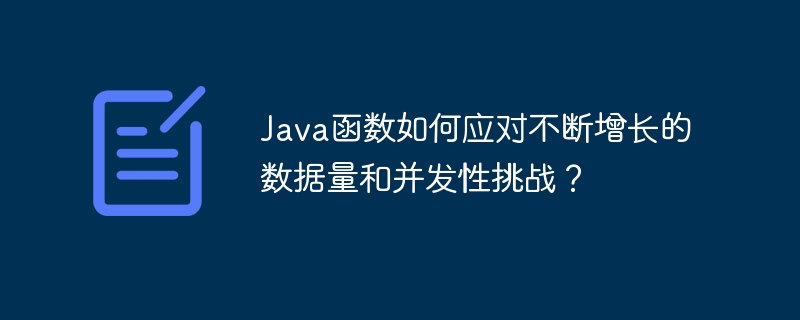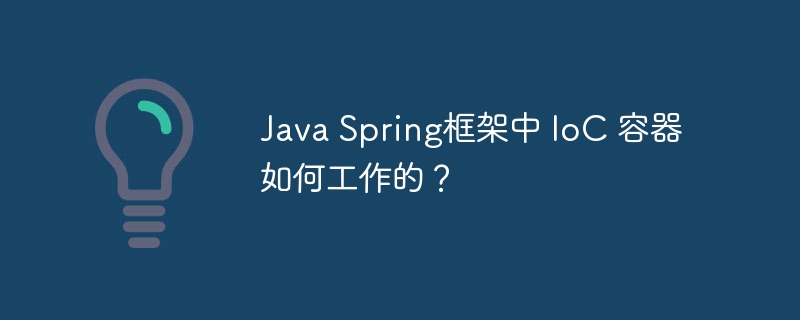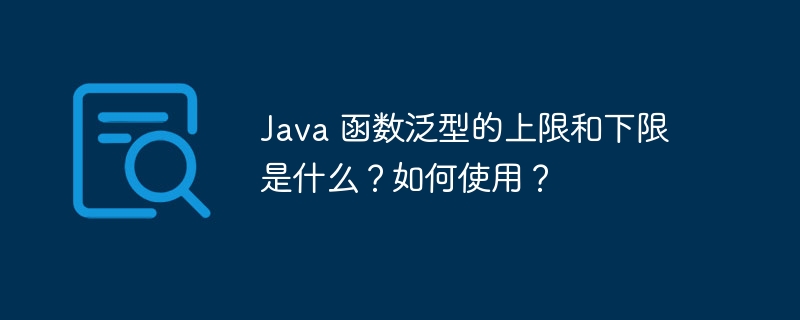Java NIO API是一种用于处理I/O操作的先进API,它提供比传统阻塞I/O更好的性能和可伸缩性:缓冲区(Buffers):在应用程序和操作系统之间传输数据的内存区域。通道(Channels):抽象概念,表示应用程序和I/O设备之间的连接。选择器(Selectors):用于轮询多个通道,以确定哪些通道已准备好读写。
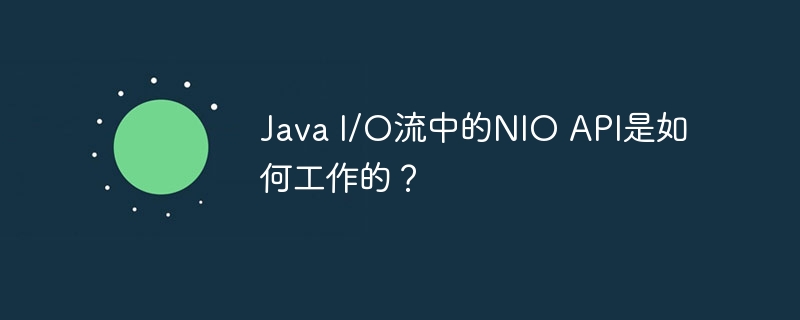
Java I/O流中的NIO API:彻底解析
简介
NIO(非阻塞I/O)API是Java中用于处理I/O操作的更高级别API。它提供了比传统的阻塞I/O更好的性能和可伸缩性,特别是在处理大量连接或数据时。
NIO API的组成部分
NIO API由以下主要组件组成:
NIO的工作原理
NIO的操作基于一个事件循环:
实战案例
下面是一个使用NIO API编写简单服务器的示例:
import java.io.IOException;
import java.net.InetSocketAddress;
import java.nio.ByteBuffer;
import java.nio.channels.ServerSocketChannel;
import java.nio.channels.SocketChannel;
import java.util.ArrayList;
import java.util.List;
public class NIOServer {
private static final int PORT = 8080;
private static List<SocketChannel> connectedSockets = new ArrayList<>();
public static void main(String[] args) throws IOException {
// 创建服务器套接字通道
ServerSocketChannel serverSocketChannel = ServerSocketChannel.open();
// 将服务器通道绑定到端口
serverSocketChannel.bind(new InetSocketAddress(PORT));
// 设置非阻塞模式
serverSocketChannel.configureBlocking(false);
// 获取选择器
Selector selector = Selector.open();
// 将服务器通道注册到选择器,感兴趣的可接受事件
serverSocketChannel.register(selector, SelectionKey.OP_ACCEPT);
// 事件循环
while (true) {
// 阻塞,直到至少有一个通道准备好
int readyChannels = selector.select();
// 如果没有准备好的通道,则继续
if (readyChannels == 0) {
continue;
}
// 处理准备好的通道
for (SelectionKey key : selector.selectedKeys()) {
// 可接受事件
if (key.isAcceptable()) {
// 接受传入的连接
SocketChannel socketChannel = serverSocketChannel.accept();
// 设置非阻塞模式
socketChannel.configureBlocking(false);
// 将套接字通道注册到选择器,感兴趣的可读事件
socketChannel.register(selector, SelectionKey.OP_READ);
// 添加到已连接套接字列表
connectedSockets.add(socketChannel);
}
// 可读事件
else if (key.isReadable()) {
SocketChannel socketChannel = (SocketChannel) key.channel();
// 读取数据
ByteBuffer buffer = ByteBuffer.allocate(1024);
int bytesRead = socketChannel.read(buffer);
// 如果读取到EOF,则关闭套接字
if (bytesRead == -1) {
socketChannel.close();
connectedSockets.remove(socketChannel);
}
// 处理读取到的数据
// ...
}
}
// 清除已处理的键
selector.selectedKeys().clear();
}
}
}在这个例子中,服务器监听8080端口,并接受客户端连接。当一个客户端连接后,它将被添加到一个已连接套接字列表中。服务器使用选择器轮询已连接的套接字,以确定哪些套接字已准备好读写数据。
